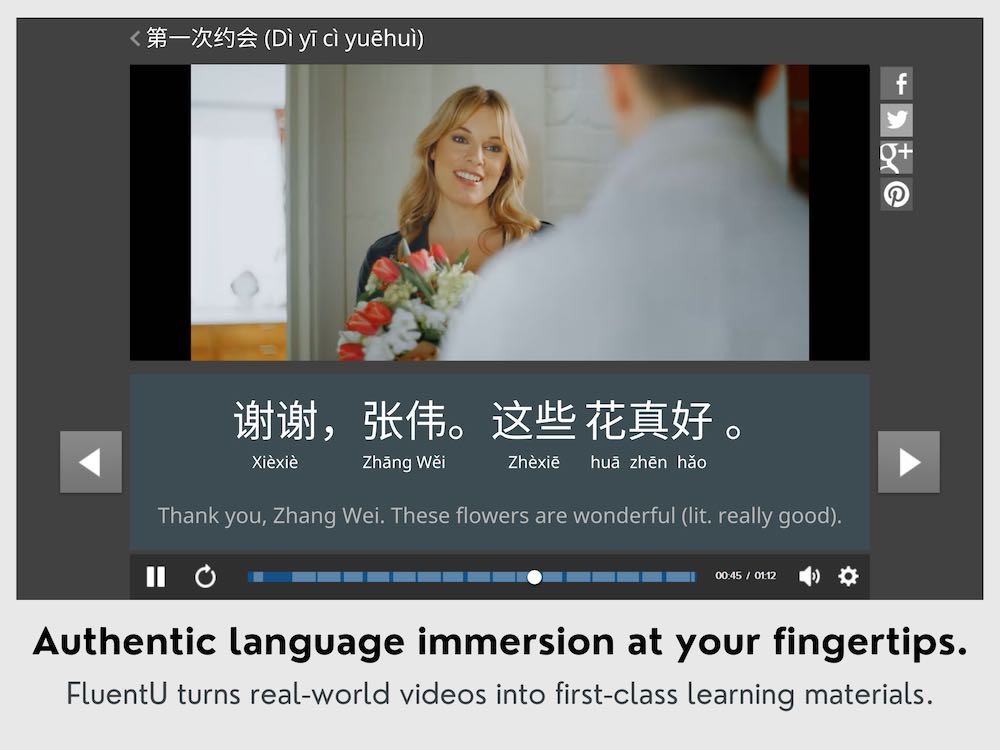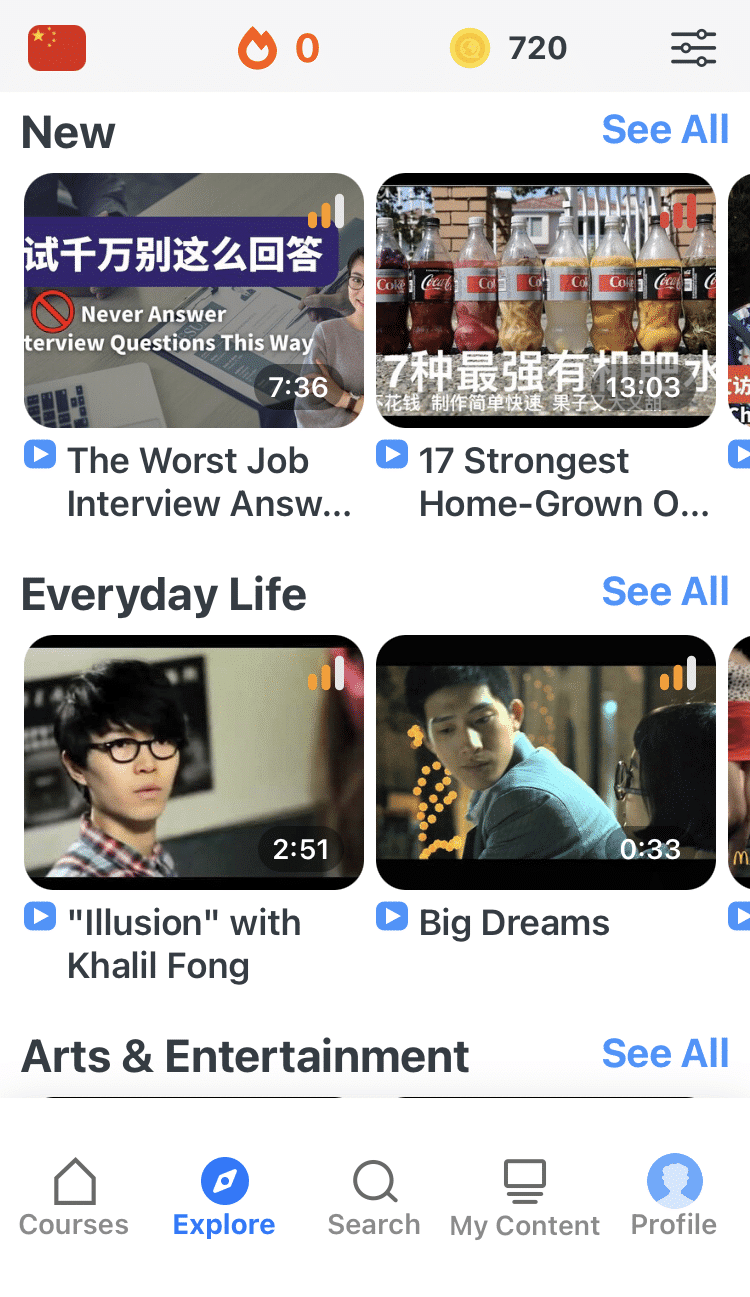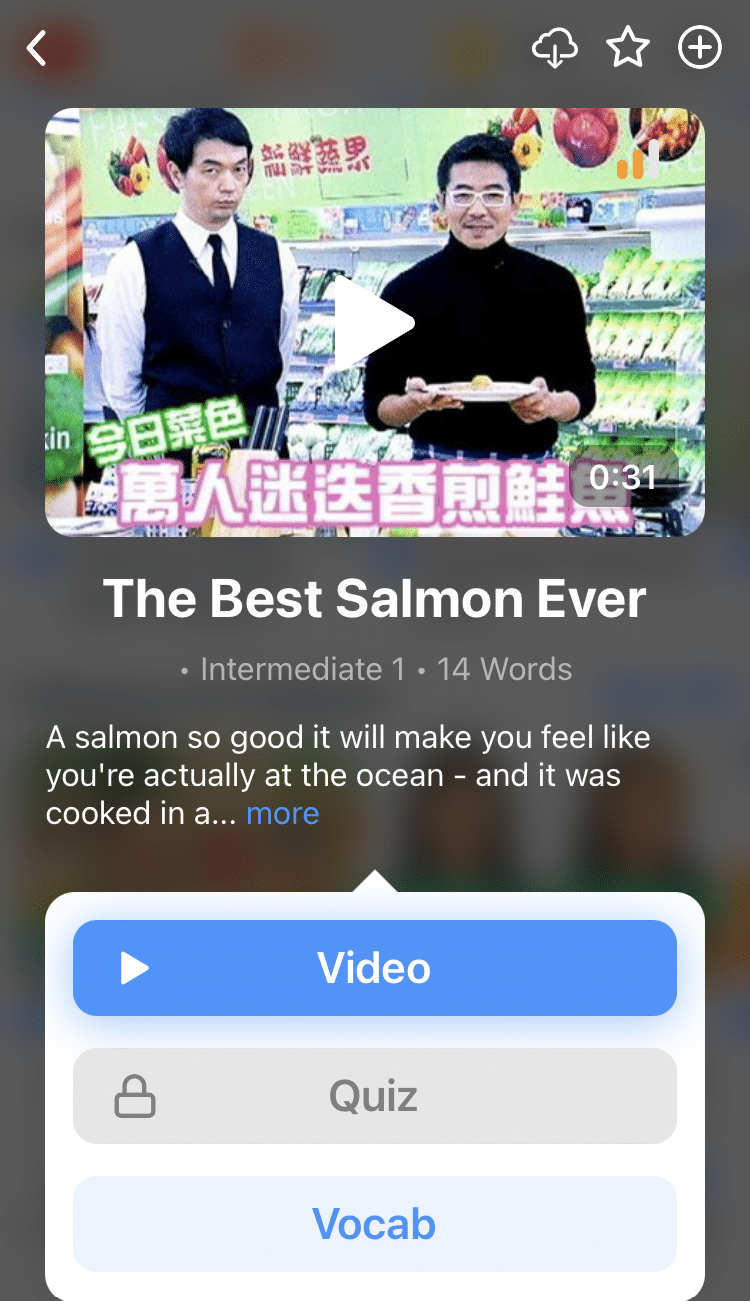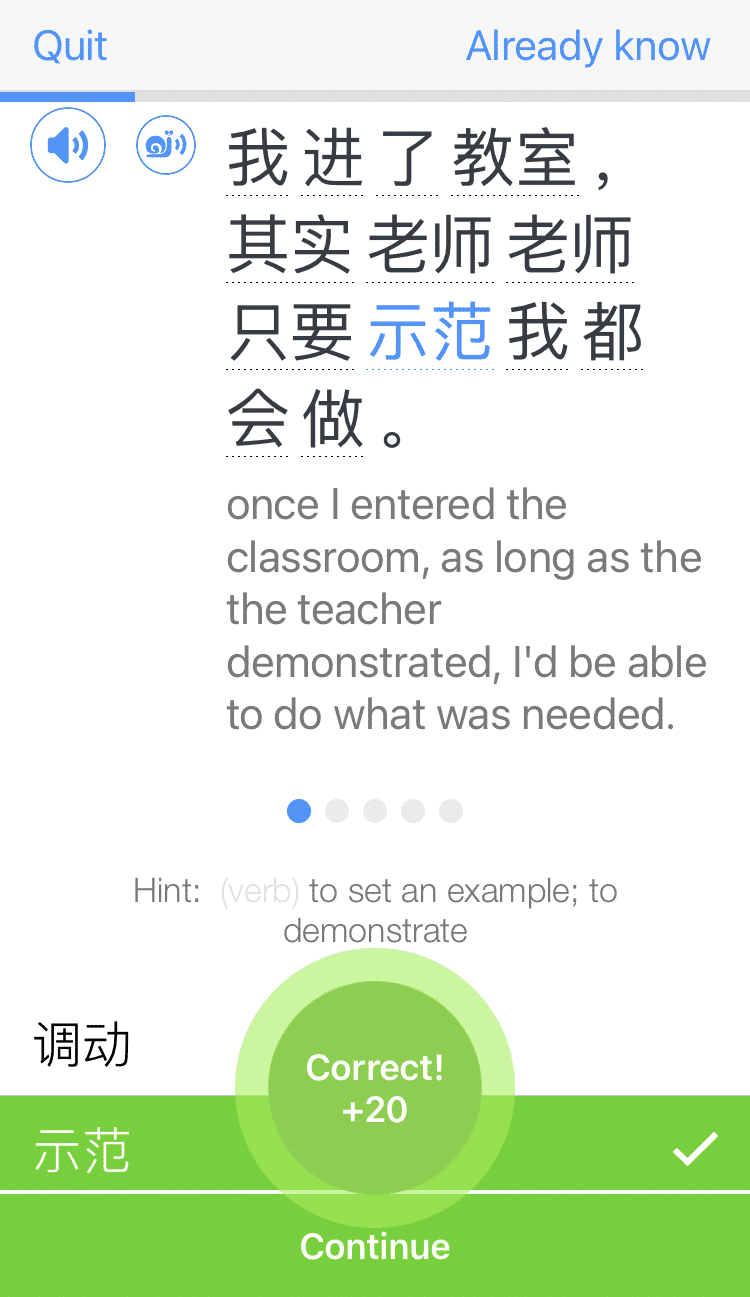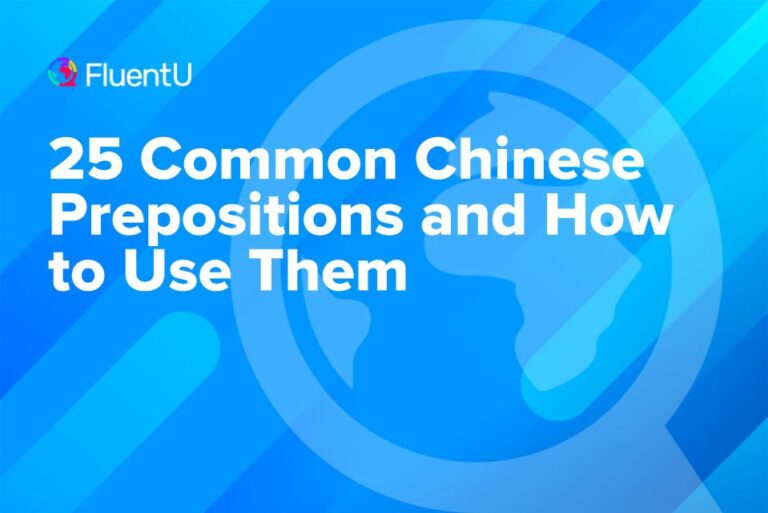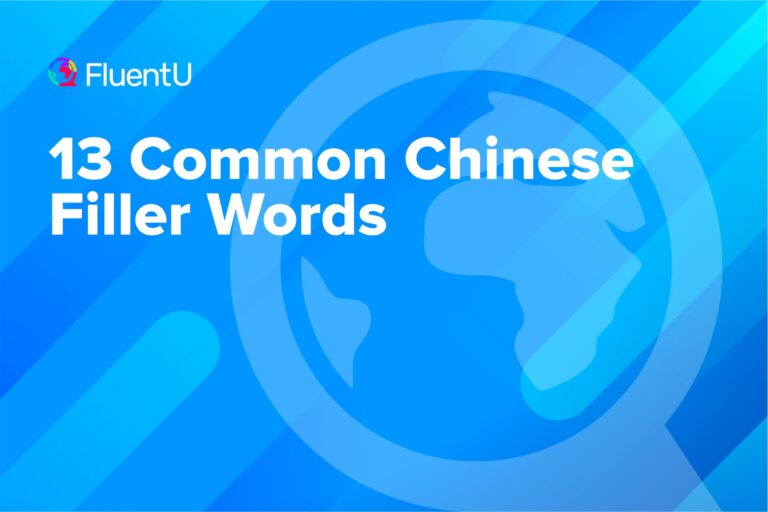The Easy Guide to Chinese Vowels in Pinyin

Chinese characters can be translated into a romanized version called pinyin. This spells out the characters in a way that is easier for Latin language speakers to understand.
While pinyin does make pronunciation much easier, it is important to know how the vowels sound as they play an important part in Chinese tone. Discover how to use vowels in Chinese in the guide below.
Download: This blog post is available as a convenient and portable PDF that you can take anywhere. Click here to get a copy. (Download)
Simple vowels in Chinese
Simple vowels in Chinese are sounds that are spelled with just one vowel to include:
- a — sounds like ah; used in 马 (mǎ) meaning “horse”
- o — sounds like oh; used in 我 (wǒ) meaning “I”
- e — sounds like uh but with a wider mouth; used in 和 (hé) meaning “and”
- i — sounds like ee; used in 力 (lì) meaning “power”
- u — sounds like oo; used in 服 (fú) meaning “clothes”
- ü — sounds like u in “June”; used in 去 (qù)* meaning “go”
Got it? Now we’re ready to move on to compound vowels.
Compound vowels in Chinese
As you might have guessed, compound vowels are made up of two or three vowels. In some cases, they’re paired with special consonants. Adding an initial consonant to a compound vowel forms a one-syllable character.
Compound vowels can contain:
- Two simple vowels
- Three simple vowels
- One vowel + one special consonant (n)
- One vowel + two special consonants (ng)
- Two vowels + one special consonant
- Two vowels + two special consonants
a– finals
Finals in Mandarin Chinese are the second part of a syllable and are made up of vowels and vowel-consonant combinations (initials are the first part and made up of consonants).
- ao → ah + oh, like in 猫 (māo) — cat
- ai → ah + ee or the word “eye” but less emphasis on the “-ye” sound, like in 菜 (cài) — cuisine or vegetables
- an → ah + n, like in 难 (nán) — difficult
- ang → ah + ng, like in 唱 (chàng) — to sing
o– finals
e– finals
- ei → “-ey” in “hey” or the letter “a,” like in 北 (běi) — black
- en → uh + n, like in 闻 (wén) — to smell
- eng → uh + ng, like in 冷 (lěng) — cold
- er → uh + r, like in 二 (èr) — two
i– finals
- ia → ee + ah, like 下 (xià) — down
- ie → ee + eh, like 別 (bié) — do not
- iu → ee + o, like 球 (qiú) — ball
- iao → ee + ow with less emphasis on the “w,” like 跳 (tiào) — to jump
- in → ee + n, like 因 (yīn) — because
- ing → ee + ng, like 竟 (jìng) — actually
- ian → ee + ehn, like 年 (nián) — year
- iang → ee + ahng, like 两 (liǎng) — two or pair
- iong → ee + ohng, like 穷 (qióng) — poor
u– finals
- ua → oo + ah, like 瓜 (guā) — melon
- uo → oo + the “who-” in “whoa,” like 火 (huǒ) — fire
- ue → oo + eh, like 月 (yuè) — month or moon
- ui → oo + -“ey” in “hey,” like 腿 (tuǐ ) — leg
- uai → oo + ah + ee, like 快 (kuài) — fast
- un → oo + ehn, like 论 (lùn) — theory
- uan → oo + ahn, like 远 (yuǎn) — far
- uang → oo + ahng, like 光 (guāng) — light or luster
ü– finals
Last, but not least, the finals with ü are:
- üe
- ün
- üan
These compound vowels are actually not normally included in Chinese vowels because they’re pronounced the same as yue, yun and yuan, with ü being the same as yu.
Since they have the same pronunciation, the dots in the ü (aka umlaut) are dropped to avoid redundancy. Thus, even though 云 (yún), the character for cloud, could technically be written with the umlaut, it’s not necessary. The same goes for when these finals are combined with consonants j, q and x.
Examples:
- 觉 (jué) — to feel → sounds like j + weh
- 裙 (qún) — skirt → sounds like ch + win- in “wing”
- 选 (xuǎn) — to choose → sounds like sh + the word “when”
The only time the ü appears in text is when it must be distinguished from the u sound, like lü and lu, as well as nü and nu. Here are example characters:
- 绿 (lǜ) — green → sounds like l + “u” sound in “June”
- 路 (lù) — road → sounds like the name “Lou” but with a hard “l” sound
- 女 (nǚ) — girl → sounds like “ne” in “new”
- 怒 (nù) — rage → sounds like “nu” in “nude”
Who knew that there was so much groundwork to cover when it comes to Chinese vowels? This post includes plenty of audio examples, but you can also study these vowels further by hearing them in use by native Chinese speakers. FluentU, for instance, has hundreds of videos paired with learning tools to hear correct pronunciation naturally and in context.
FluentU takes authentic videos—like music videos, movie trailers, news and inspiring talks—and turns them into personalized language learning lessons.
You can try FluentU for free for 2 weeks. Check out the website or download the iOS app or Android app.
P.S. Click here to take advantage of our current sale! (Expires at the end of this month.)
Once you’ve got these down, you can move on to practicing the tones, and then from there, pinyin will be a breeze.
Download: This blog post is available as a convenient and portable PDF that you can take anywhere. Click here to get a copy. (Download)
And One More Thing...
If you want to continue learning Chinese with interactive and authentic Chinese content, then you'll love FluentU.
FluentU naturally eases you into learning Chinese language. Native Chinese content comes within reach, and you'll learn Chinese as it's spoken in real life.
FluentU has a wide range of contemporary videos—like dramas, TV shows, commercials and music videos.
FluentU brings these native Chinese videos within reach via interactive captions. You can tap on any word to instantly look it up. All words have carefully written definitions and examples that will help you understand how a word is used. Tap to add words you'd like to review to a vocab list.
FluentU's Learn Mode turns every video into a language learning lesson. You can always swipe left or right to see more examples for the word you're learning.
The best part is that FluentU always keeps track of your vocabulary. It customizes quizzes to focus on areas that need attention and reminds you when it’s time to review what you’ve learned. You have a 100% personalized experience.
Start using the FluentU website on your computer or tablet or, better yet, download the FluentU app from the iTunes or Google Play store. Click here to take advantage of our current sale! (Expires at the end of this month.)
